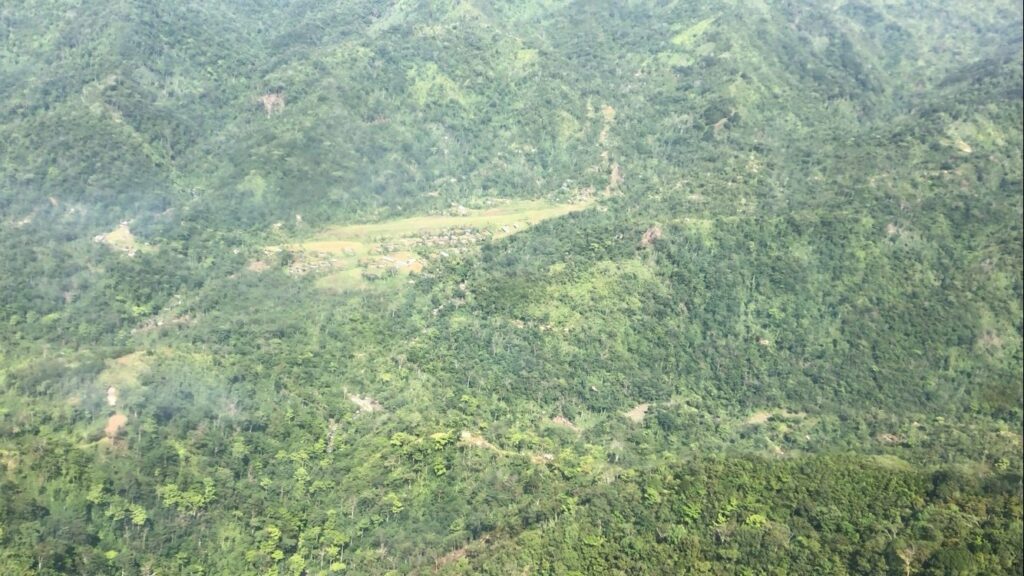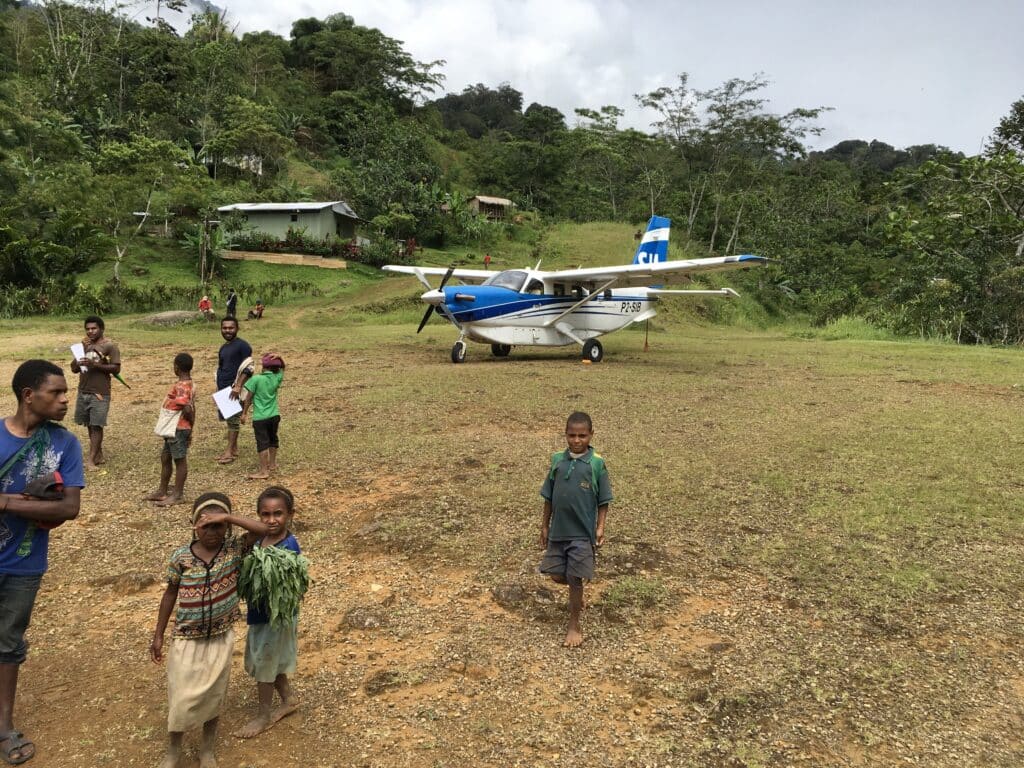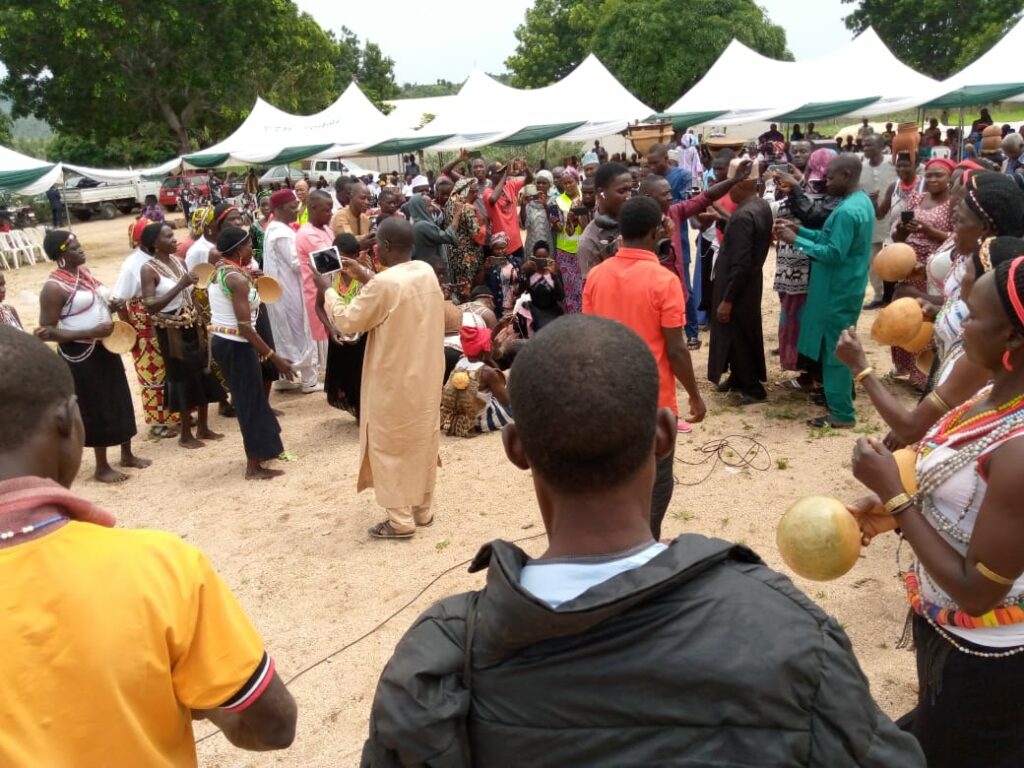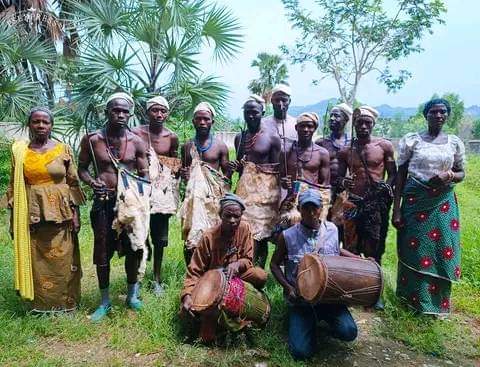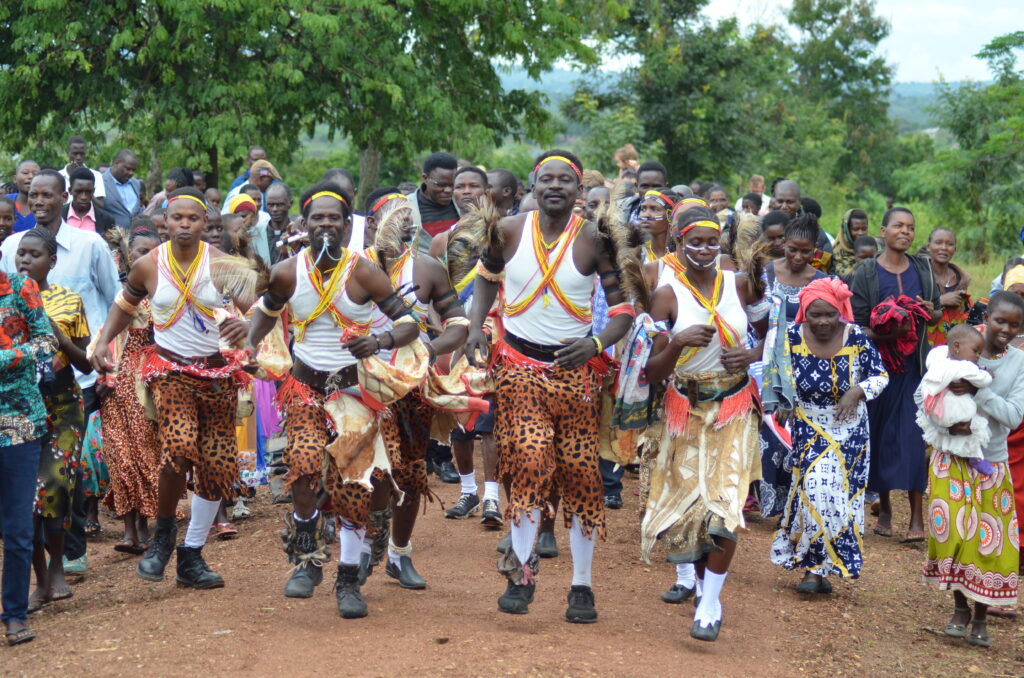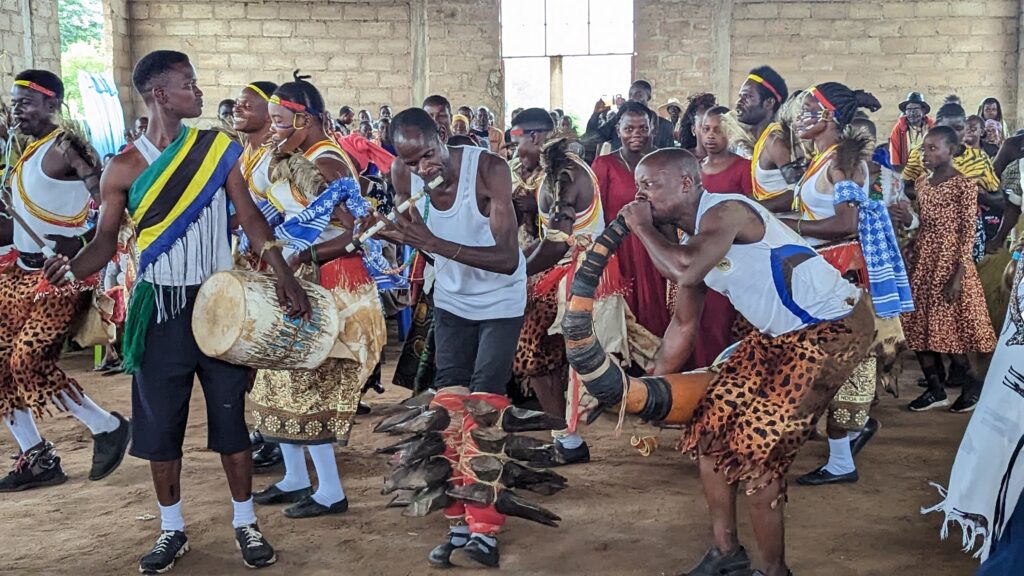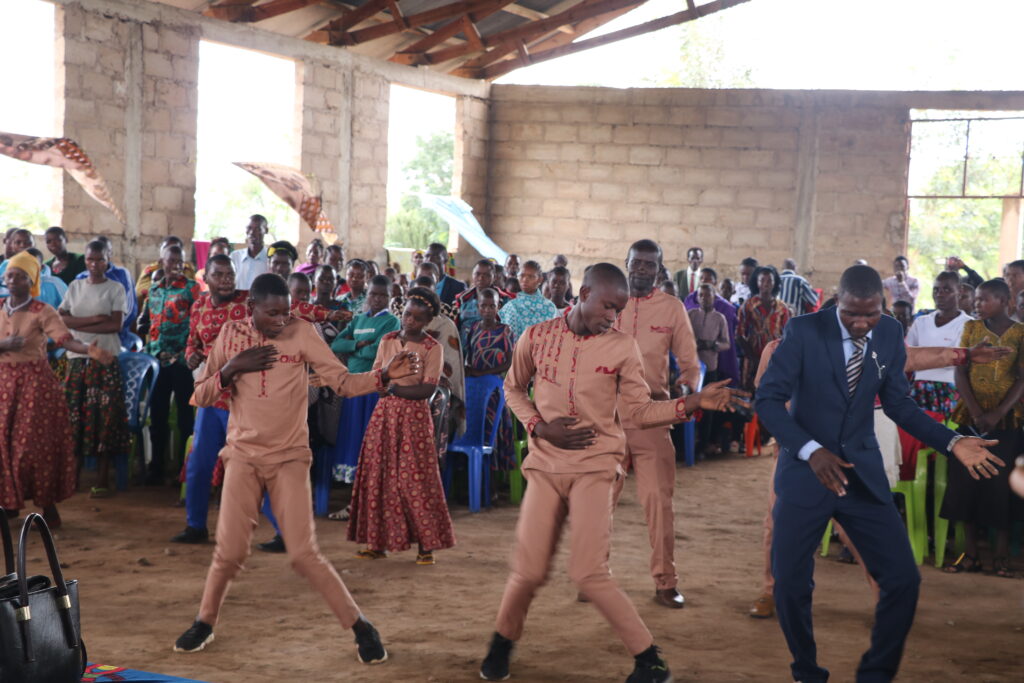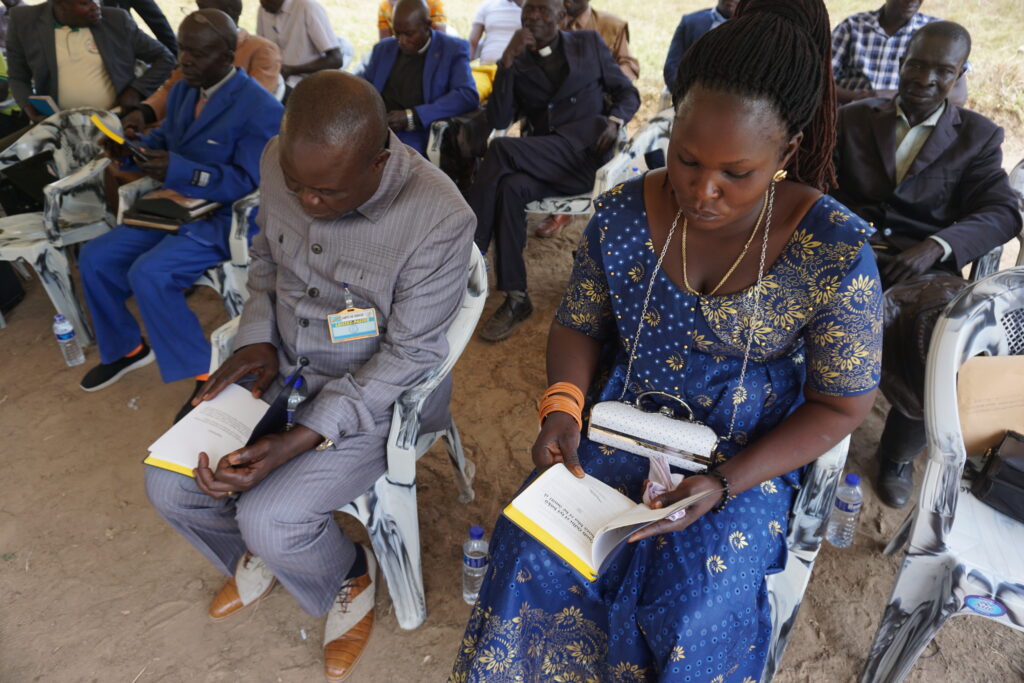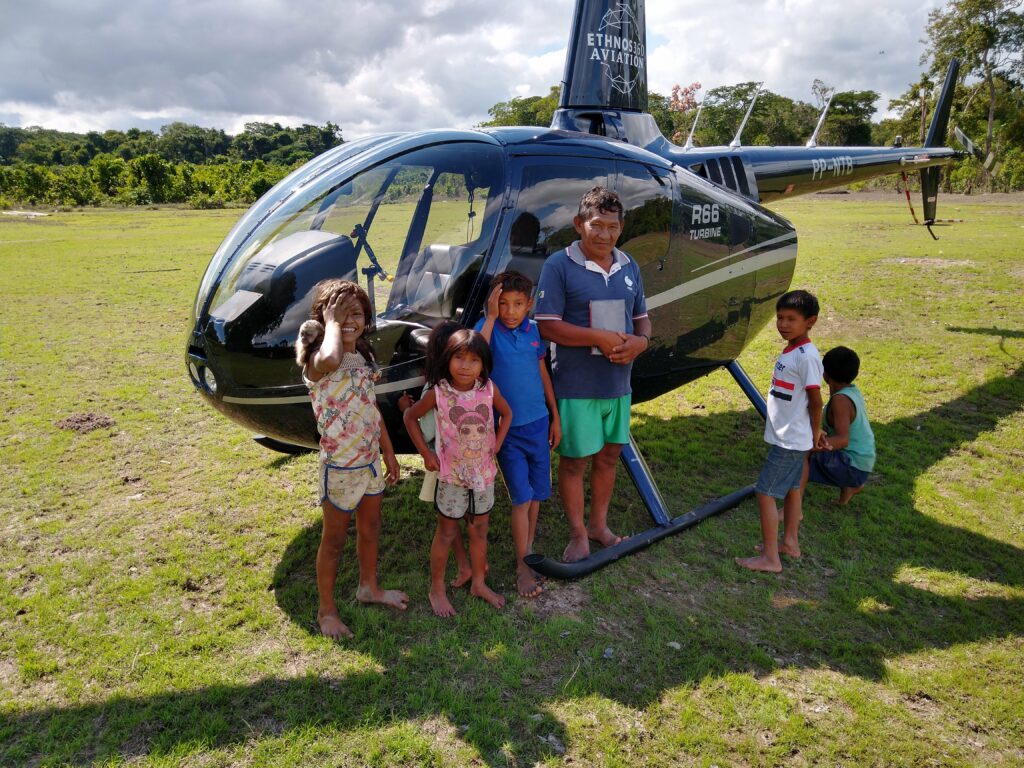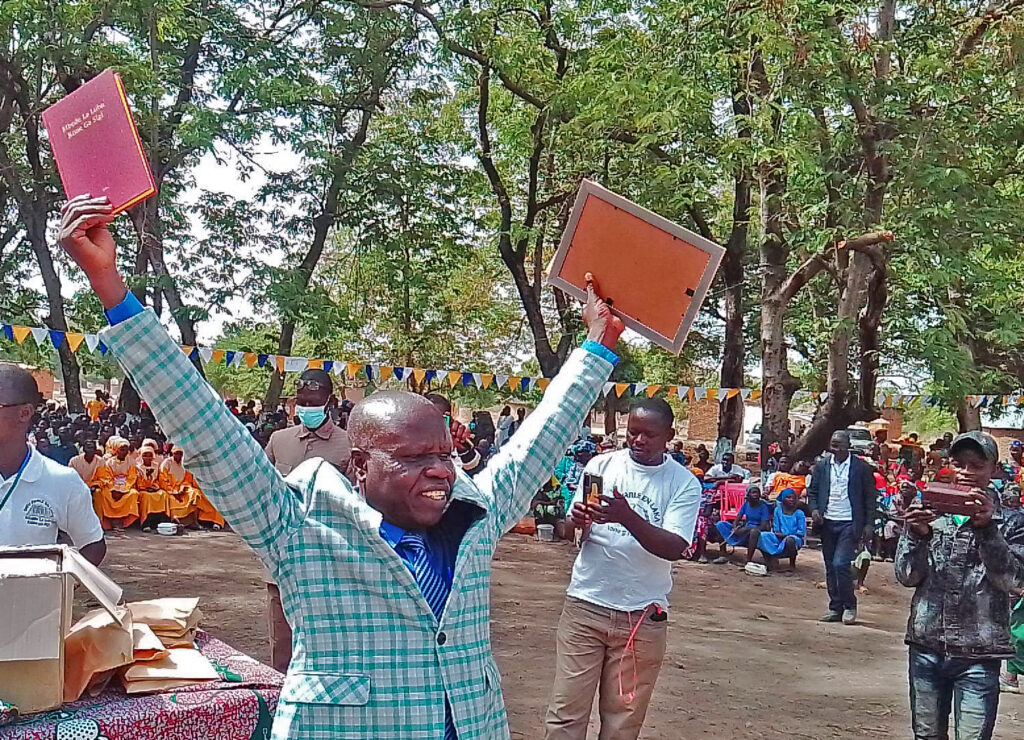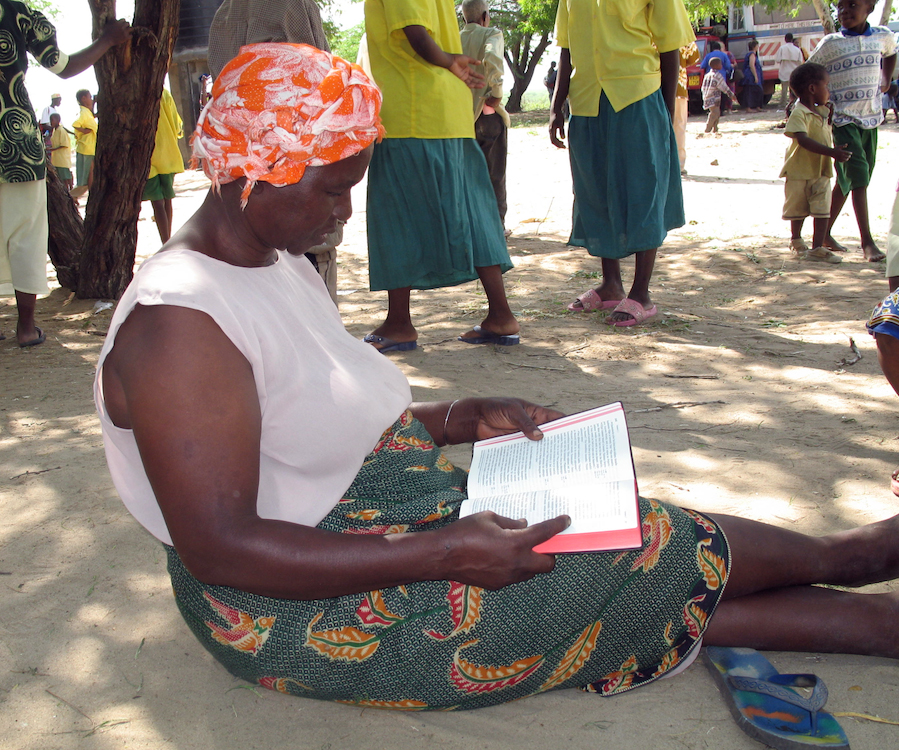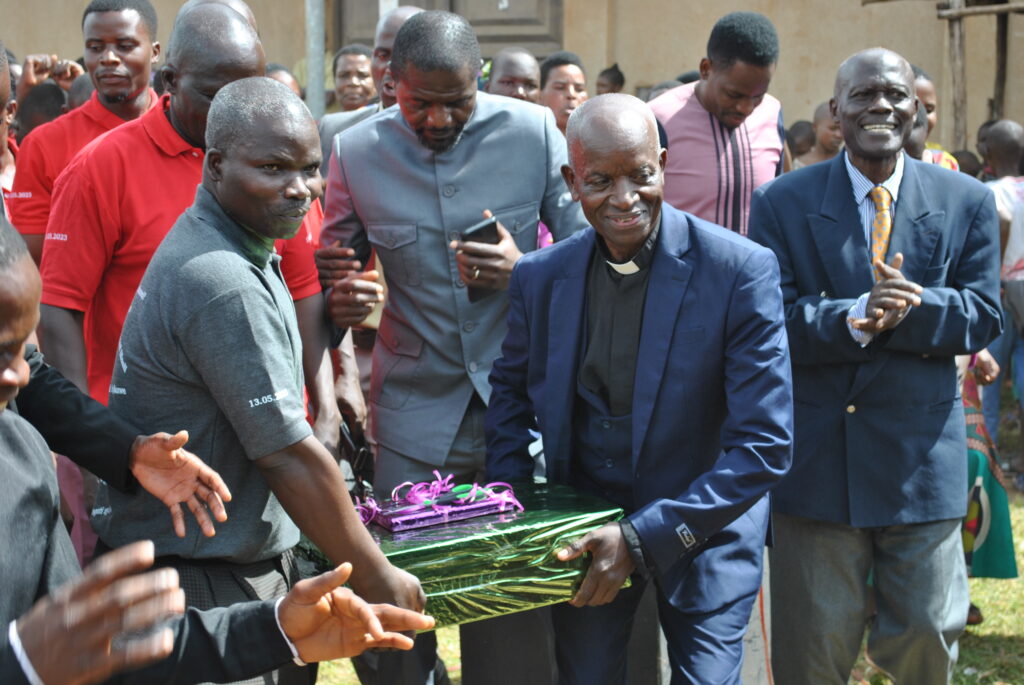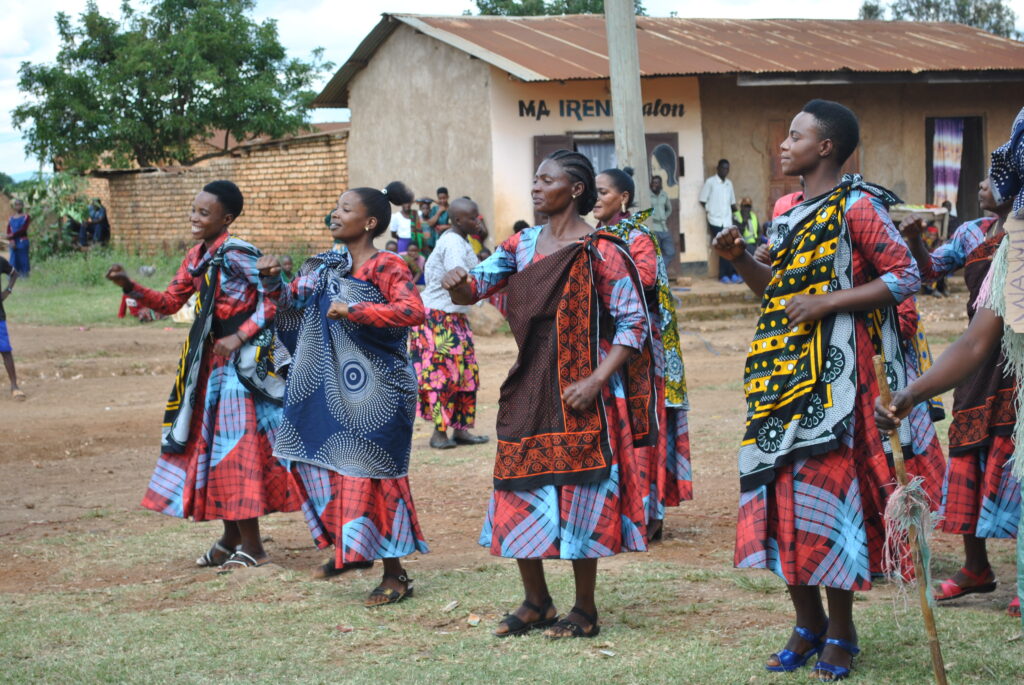Touch Down Zone: Kaintiba
Airstrip: Kaintiba
Region: Gulf Province of Papua New Guinea
Surface: Grass/clay
Elevation: 2,000 feet
Length: 485 meters/1,591 feet
Width: 22 meters/72 feet
Slope: 12.7% overall
Language group served:
Kaintiba serves the Hamtai people who are located in a mountainous region of Gulf Province on the southwestern coast of Papua New Guinea. A translation of the Hamtai New Testament was completed in 2018.
Interesting facts:
Kaintiba is a one-way runway with a mid-final committal. The go around path leads into a box canyon, making the committal point a little earlier than usual. This situation requires careful consideration of winds and weight, especially because tailwinds are common at this runway. Maximum tailwind is seven knots for landing at full gross weight. This airstrip is great for transitioning pilots to more sloped landings. They must match the slope on landing or bounce!
On takeoff, pilots give away the first 30 meters to avoid a bump where the airstrip slope changes. An optical illusion on takeoff makes the mountains in the distance look taller, but when sighted from the top, they are actually at the same level as the top of the airstrip.
In addition to the Hamtai people, the airstrip serves Mark and Christi Helzerman who work here with a partner organization doing church planting and Bible teaching. Their house overlooks the airstrip. They take great care of their airstrip … and pilots. Typically, they greet the pilots with fresh bags of popcorn! When it’s time to do supply runs, SIL PNG Aviation’s pilots fly in food from Port Moresby or the SIL-PNG Aviation base, Aiyura. During the COVID shutdown, with the exception of a few months, the aviation department was able to continue serving the Helzermans, providing a lifeline for food and supplies.
Time saved:
The Helzerman family does most of their shopping and business in Port Moresby. Either Mark or Christi goes once every two months for supplies. They can fly directly to Port Moresby in one hour in the Kodiak. Alternately, an overland trip involves a three- or four-day hike or a 15 minute flight to the road in Kerema. Once they arrive in Kerema, they face an additional six to eight hours by vehicle to Port Moresby depending on the weather and road conditions.

View More Here:
